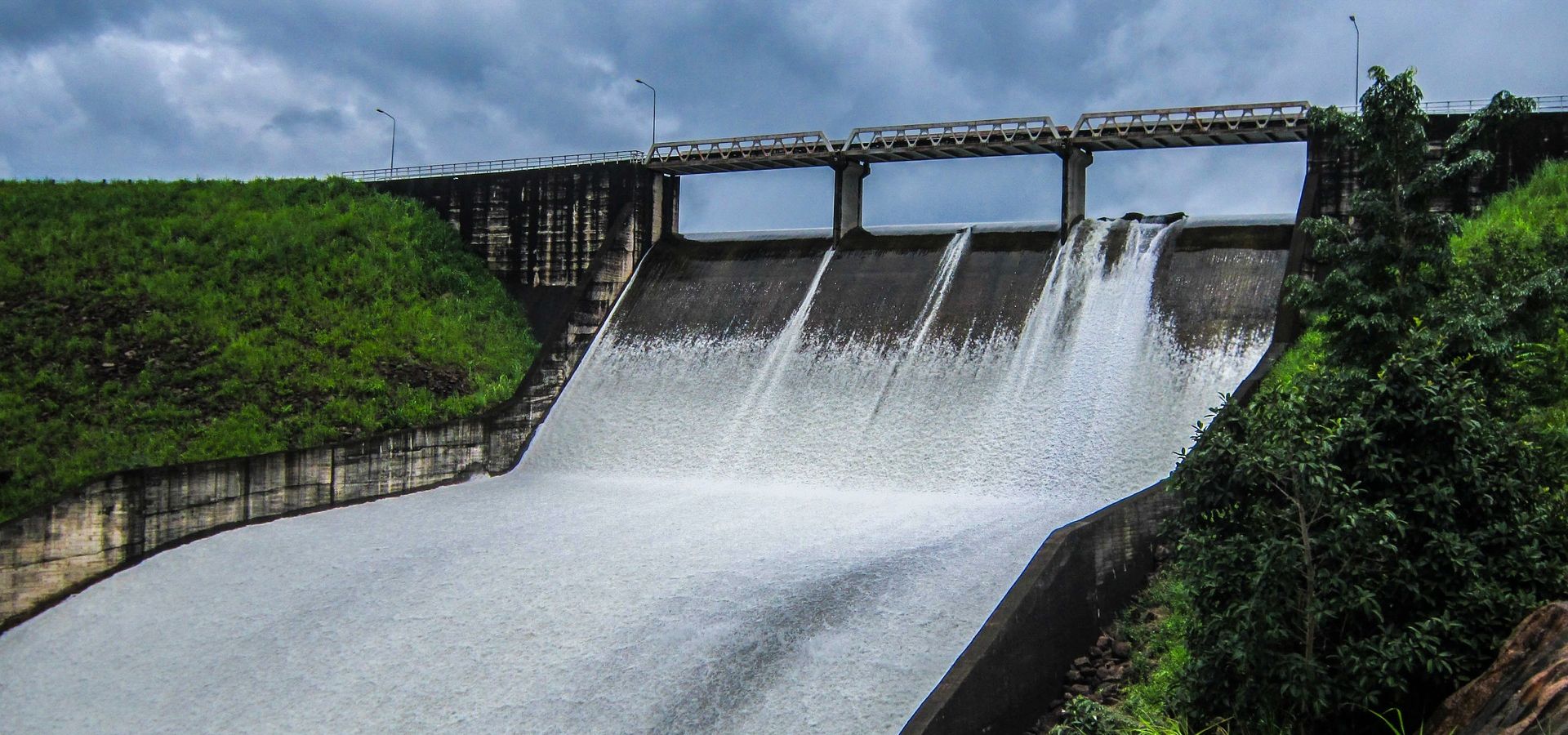While in North America and Europe more hydropower plants are being dismantled than built, many countries in Latin America continue to invest in the controversial renewable energy source. In Colombia, two hydropower plants are to be installed in the Amazon region. Social-ecological and cultural costs of the project are not taken into account. Kathrin Meyer reports about the serious impacts that hydropower could have on the zone.

The planned hydropower plants might affect the ecosystem of the amazon region (Public Domain)
Within the last months, shocking images of the burning Amazon went around the world and provided an increased media coverage of South America. The main reason for the extent of the frightening fires lies in the deforestation of the rainforest, which provides land for monocultures, but also large-scale projects such as hydroelectric power plants.
News of such large-scale projects, however, remain hidden, even though they have a considerable impact on local ecosystems. So far Colombia has been the only country that has not used their national part of the Amazon for the construction of hydropower, but this is supposed to change with the current plans for the Caquetá region in the south of the country.
Hydropower in Colombia
As one of the country’s most important energy sources, hydropower forms a basis for Colombia’s electricity supply and is considered a sustainable development model by the state. A 70 percent share of the national energy mix makes the hydropower sector in Colombia the third-largest in Latin America.
Hydropower has long been a source of controversy, like within Colombia, where the renewable energy source has caused countless environmental conflicts. The Hidroituango hydropower plant, for instance, triggered a major flood accident in 2018 and numerous other environmental conflicts, such as a direct threat to ecosystems and the eviction of communities dependent on agriculture and the fishing industry.
The El Quimbo hydroelectric power plant, which flooded important natural ecosystems and areas of archaeological interest, affected 11,000 hectares of forest and ignored the rights of local communities. A continuation of these scenarios will now be initiated by two newly planned hydroelectric power plants in the Amazon region of Caquetá.
Hydropower plans in Caquetá
Until now, the department of Caquetá, which is located in the south of Colombia, was not yet a target of national hydropower projects. The region, which unites a variety of impressive ecosystems, is home to numerous rivers whose rich waters are beginning to attract national companies. As a former political and military stronghold of armed groups and the FARC guerrillas, the economic use of the region, which was marked by drug trafficking and violent conflicts, was not possible.
Through the peace treaty, the partial withdrawal of these groups was achieved. The government now sees the possibility of also using the Amazon region for national energy supply. The fatal consequences that the two planned hydropower plants could have for the region are lagging far behind the economic interests.
The interested Colombian companies Latinco S.A and Isagen have been advertising a development concept in the adjoining villages for five years which the local communities hope will lead to economic development. Some citizens see an opportunity to expand the inadequate existing infrastructure within the planned hydropower plants.
Planned hydropower
The targeted energy generation within the planned hydropower plants Tulpas and Guaya is rather low compared to the major projects in Hidroituanga and El Quimbo. While Hidroituanga is designed for the generation of 2,400 MW, the projects located in the Amazon are expected to generate 48 MW and 648 MW. This does not mean, however, that the impact of these new projects will also be smaller. On the contrary, it raises the question of a real need for implementation, as the NGO La Liga contra el silencio points out.
No consideration of socio-ecological and cultural costs
As two studies in 2018 have already shown, the benefits of hydropower, which refers to the production of clean energy, cannot usually compensate for the negative effects on the environment and culture. Deforestation, increased CO2 emissions, impairment of flora and fauna and the destruction of human livelihoods are just a few examples of the repertoire of impairments caused by the construction of these massive machineries. The researchers involved cited the short period of use of the dams, which usually does not exceed 30 years, as a further factor to be considered before the construction of a new hydropower plant.
In addition, the question of the profiteers of the generated energy must be posed. In the past, most of the electricity was used for large-scale extractivism projects, such as the coal and hydrocarbon industries. In this way, the avoidably clean energy would become the engine for the expansion of fossil fuels.
In the case of the proposed hydropower plants in the Colombian Amazon, the expansion could have fatal consequences for the already severely damaged ecosystem. A study published at the end of 2018 on the fragmentation of Andean-Amazon connectivity by hydroelectric power plants illustrated possible consequences, such as the loss of important river connections which could be impaired as the lifeline of the supply ecosystem and thus lead to a collapse of the habitat.
It is therefore of utmost importance to have long-term socio-environmental and cultural costs evaluated by experts before the project starts to determine what price the country would have to pay with the national development plan, which includes the construction of new hydropower plants.